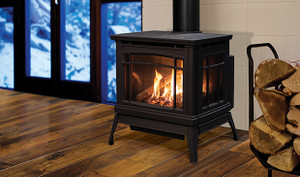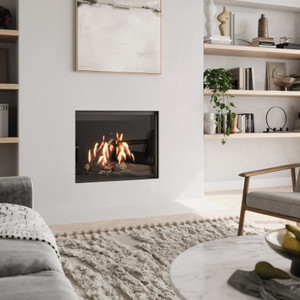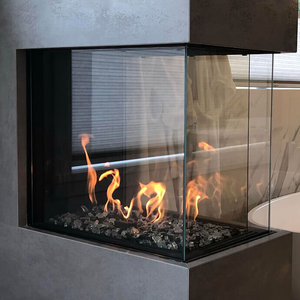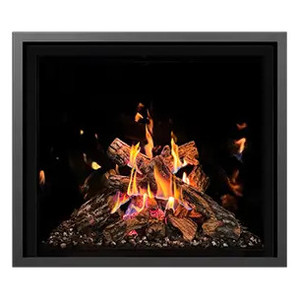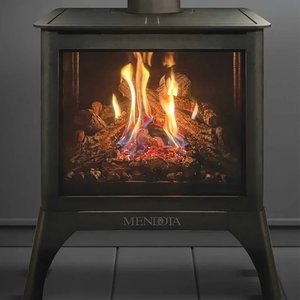Gas Fireplaces
Why Buy a Gas Fireplace
A gas fireplace delivers instant ambiance and controllable heat without hauling wood or cleaning ash. Use the remote or app to set the exact temperature, enjoy realistic flames, and zone-heat the room you live in most often reducing whole home furnace run time. Choose modern linear or classic traditional designs to elevate your living space.
- Convenience: one touch ignition, precise control, and programmable thermostats.
- Efficient zone heating: warm the space you use while turning the central thermostat down.
- Design impact: large viewing glass, clean trims, and media options that match your style.

